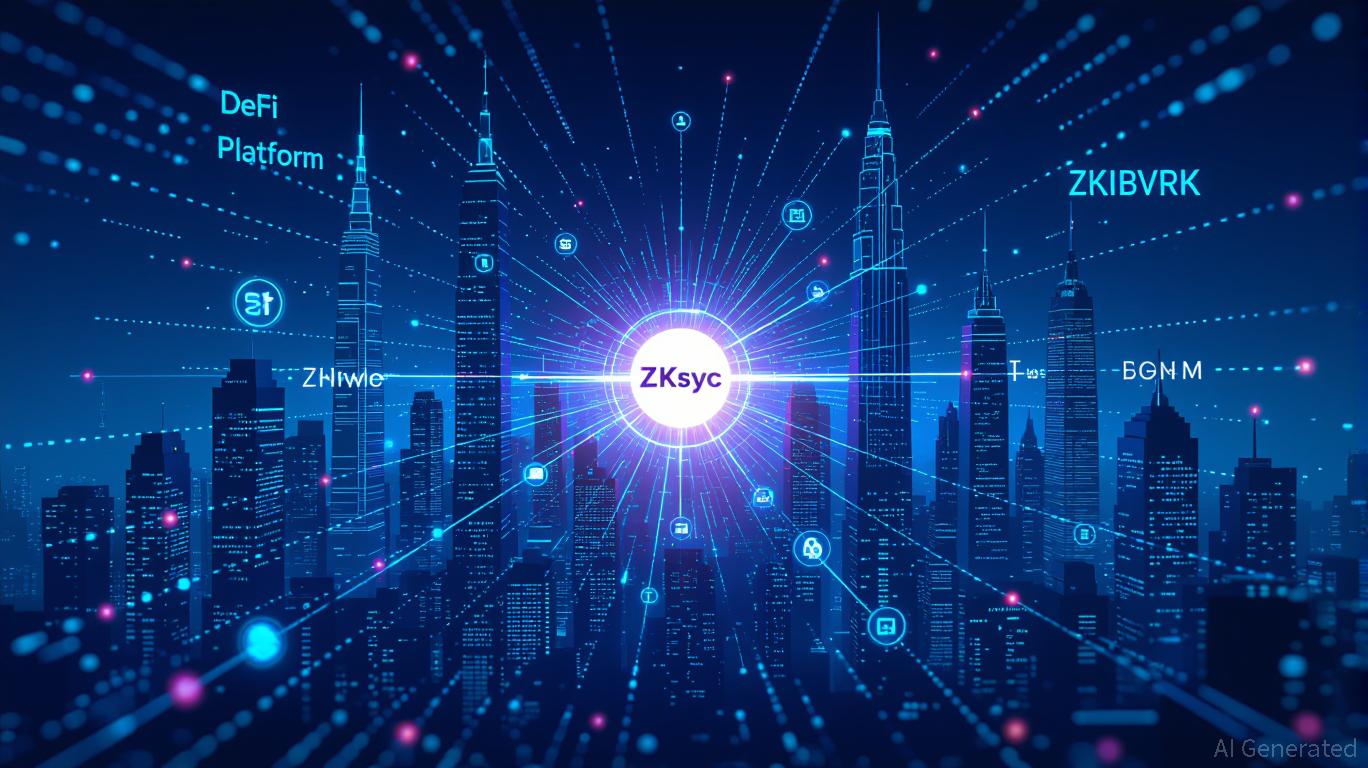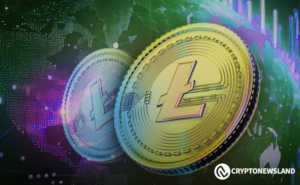ZK Atlas Enhancement: Transforming DeFi with Zero-Knowledge Powered Scalability
- ZKsync's October 2025 Atlas Upgrade introduces modular Layer 2/3 infrastructure, achieving 15,000 TPS and slashing proving costs via RISC-V-based Airbender prover. - The upgrade enables zero-fee DeFi transactions and real-time asset tokenization, with ZK token surging 50% and $19M in institutional funding for integration. - By unlocking RWA tokenization and addressing trust gaps through ZKP protocols, ZK infrastructure is redefining DeFi scalability while navigating regulatory and integration challenges.
The
ZK
Atlas Upgrade: Transforming DeFi Scalability
The ZKsync Atlas Upgrade, revealed on October 8, 2025, marks a major evolution in blockchain design. By deploying a modular Layer 2/3 framework, it supports more than 15,000 transactions per second (TPS)—a dramatic improvement over Ethereum’s 30 TPS ceiling, according to the
For DeFi, this translates to zero transaction fees and immediate settlements, addressing two major barriers to widespread use. Picture a decentralized exchange (DEX) where trades are completed in milliseconds without gas fee battles, or a lending service that updates collateral instantly. The
Institutional Embrace and Market Reaction: ZK Gets the Green Light
The industry has taken notice of this shift. The ZK token, native to the ZKsync network, jumped 50% after the upgrade, reflecting strong institutional interest, according to the
The ZK Atlas Upgrade also paves the way for tokenizing real-world assets (RWA) by enabling

Obstacles and Future Prospects
No major innovation comes without challenges. Regulatory uncertainty and the difficulty of integrating ZK with existing systems are still significant obstacles. Yet, ZKsync’s modular approach and support for Blockchain-as-a-Service (BaaS) solutions help reduce these risks, as explained in the
Additionally, the ZKP (Zero-Knowledge Proof) protocol’s verified knowledge economy—where users bid on and confirm factual information—complements ZK infrastructure by closing trust gaps in decentralized systems, as noted in the
Conclusion: Essential for the Next Wave of Finance
The ZK Atlas Upgrade is more than just a technical enhancement—it’s a roadmap for the future of DeFi. By resolving scalability issues without sacrificing security, ZK technology is quickly establishing itself as the foundation of Web3. For investors, this means preparing for a world where blockchain is not just experimental, but a core part of global finance.
With the rapid ascent of the ZK token and growing institutional alliances, the market is already anticipating a future dominated by ZK-driven platforms. Ignoring this development isn’t just missing a trend—it’s overlooking the next $100 billion opportunity.
Disclaimer: The content of this article solely reflects the author's opinion and does not represent the platform in any capacity. This article is not intended to serve as a reference for making investment decisions.
You may also like
Modern Monetary Theory and the Transformation of Asset Valuation in 2025: Policy Changes, Risk Adjustments, and Actual Market Conditions
- Modern Monetary Theory (MMT) has transitioned from academic concept to central framework for central banks addressing post-stablecoin crisis market instability in 2025. - Central banks are embedding MMT principles into policy tools, shifting from asset purchases to targeted liquidity facilities while prioritizing digital asset system resilience. - Academic research introduces "growth risk premium" to explain how MMT-driven fiscal expansion and low interest rates reshape traditional asset valuations and r

Fed Governor Stephen Miran sees stabilizing influence from stablecoins

Shiba Inu Holds Steady at $0.00001006 as Market Activity Remains Balanced

Litecoin Targets $500 as Bullish Breakout Gains Strength
